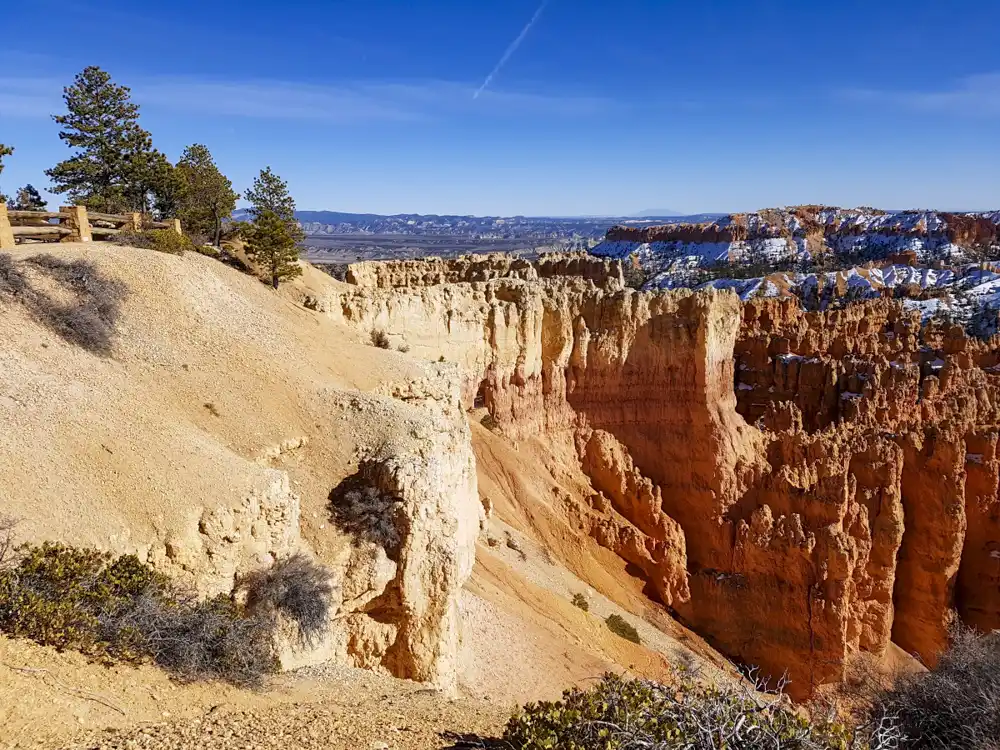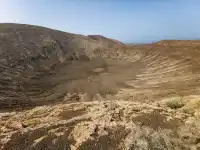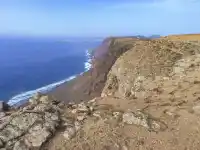When Zdeněk and I were planning our itinerary through the U.S., he mentioned Bryce Canyon. I’ll admit—I barely knew anything about this national park. But when we arrived, and I saw it with my own eyes, I was in complete disbelief. Thousands upon thousands of spires and pinnacles stretched across the horizon in surreal, otherworldly shapes. It was breathtaking.
Visiting Bryce Canyon in winter, with its snow-dusted stone pillars, reveals a beauty that surpasses the photos you see in guidebooks, most of which are taken in summer. This park is a true masterpiece of nature.
A Natural Work of Art
The story of Bryce Canyon began 140 million years ago when sediments started settling on an ancient seabed. Over time, they compressed into layers of sandstone and clay. Water, persistent and unrelenting, began carving its way through the rock, gradually shaping the bizarre formations we see today.
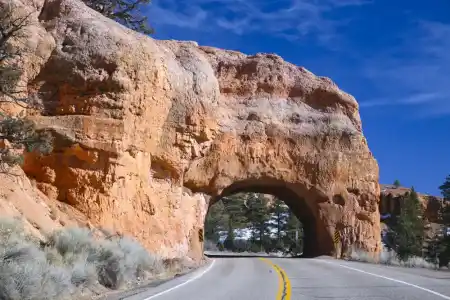
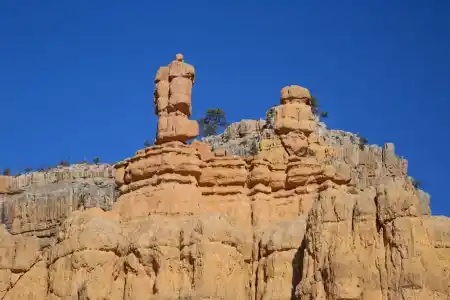
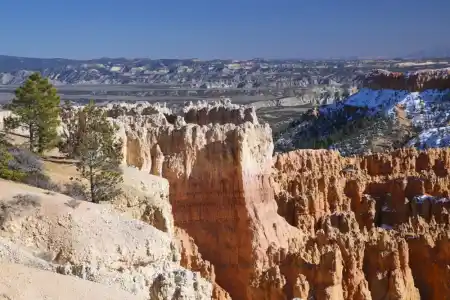
Around 13 million years ago, the Colorado Plateau began to rise, reaching its current elevation of nearly 2,500 meters. A fault line formed, and erosion continued its work, sculpting this stunning amphitheater of rock.
This unique landscape even earned a role in the classic film MacKenna’s Gold.
In 1874, settler Ebenezer Bryce moved into the area, and the canyon was later named after him. By 1928, Bryce Canyon was designated as a national park. Despite its name, Bryce isn’t technically a canyon—it’s a collection of towering geological formations called “hoodoos” or “pinnacles.” These vibrant rock structures, in shades of pink, orange, red, and white, create a spectacle unlike anything else on Earth.
A Photographer’s Dream
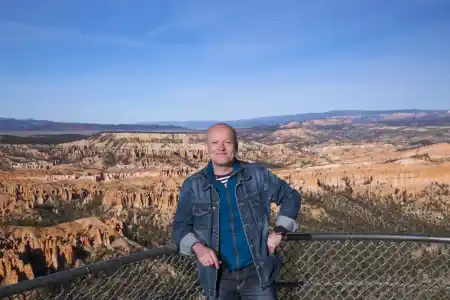
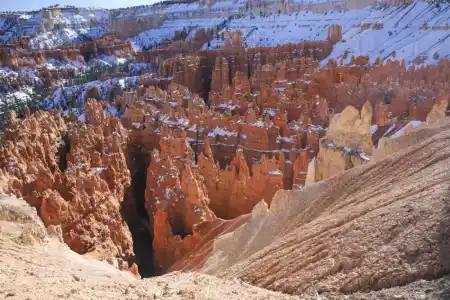
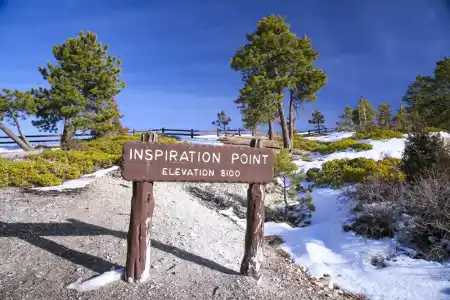
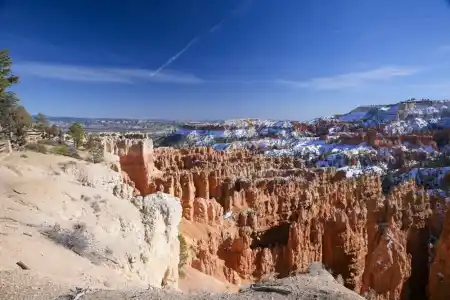
Few parks offer such sweeping views of their treasures from above, but Bryce Canyon is an exception. To truly appreciate its beauty, you need to be there at sunrise or sunset. Standing at points like Sunrise Point, Sunset Point, or Bryce Point, you’ll witness a show of light and shadow that shifts with every passing minute.
The colors—pink, orange, red, brown, and white—dance across the hoodoos, pillars, arches, and walls. From the Rim Trail, which follows the amphitheater’s edge, you can marvel at these formations almost continuously.
A Place You Can Breathe
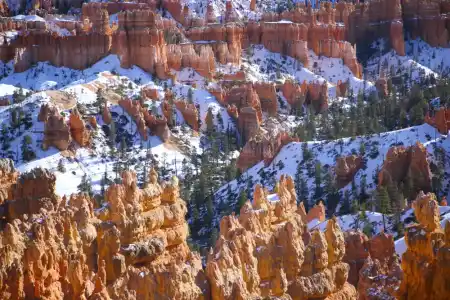
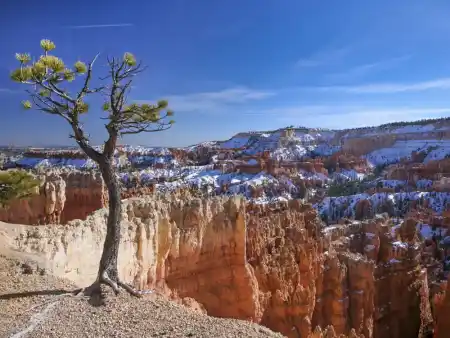
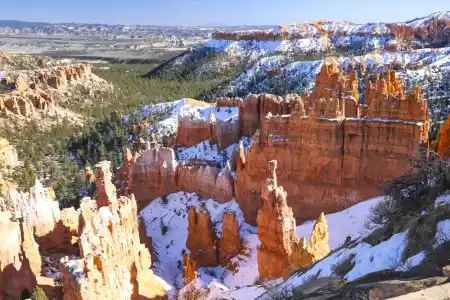
Compared to nearby Zion National Park, the Grand Canyon, or Death Valley, Bryce Canyon sees far fewer visitors. It’s a bit out of the way, the weather is cooler, and there’s more rainfall here. Located in a desert climate, Bryce experiences cold nights—even on scorching summer days, temperatures drop by as much as 30°C after sunset.
The easiest way to reach Bryce Canyon is from the north via Highway 63. You’ll pass through a natural rock arch before entering a slice of paradise.
Bryce Canyon Trails
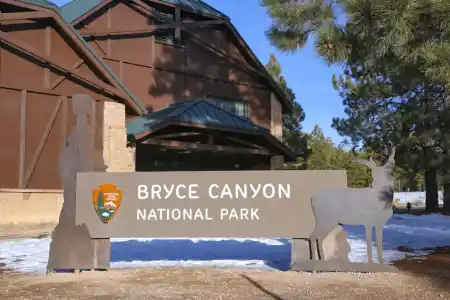
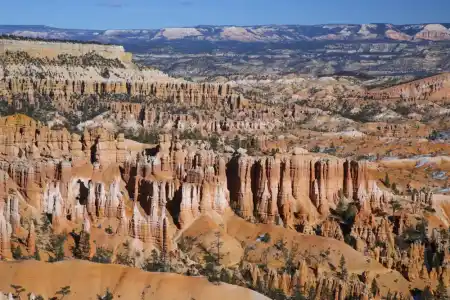
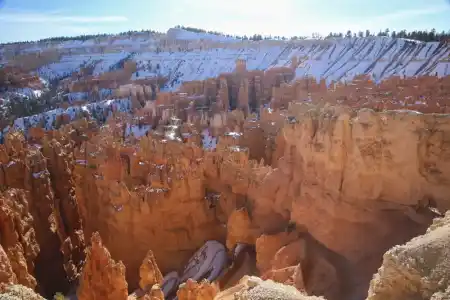
While the Rim Trail offers stunning views from above, Bryce Canyon also boasts three inner loop trails that take you deeper into its wonders:
- Navajo Loop Trail: This trail descends from Sunset Point, passing the iconic Thor’s Hammer and leading to Fairyland Point.
- Queens Garden Trail: A scenic route featuring a rock formation that resembles Queen Victoria.
- Peekaboo Loop Trail: The park’s longest loop, winding through some of its most spectacular scenery.
Most visitors opt for a combination of the Queens Garden and Navajo Loop trails, creating a full-day adventure that combines two trails into one unforgettable hike.
Don’t Skip Bryce Canyon
While Bryce Canyon isn’t as large as some other national parks, skipping it would be a mistake. Its dramatic hoodoos, vibrant colors, and unique geological history make it a must-see destination.
Whether you’re standing at the rim watching the sun paint the landscape or trekking through its intricate trails, Bryce Canyon is sure to leave you in awe. It truly is the rocky heart of Utah.

